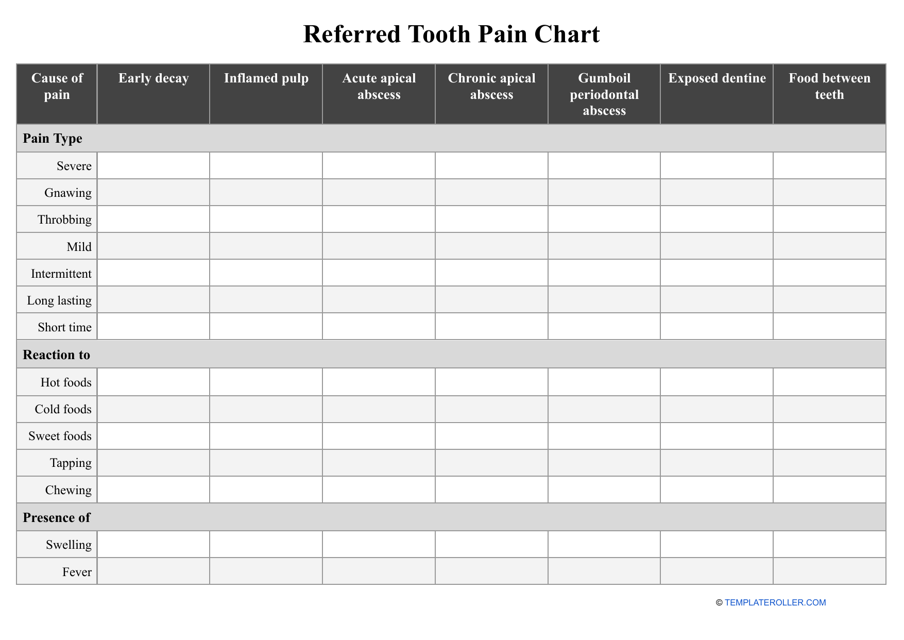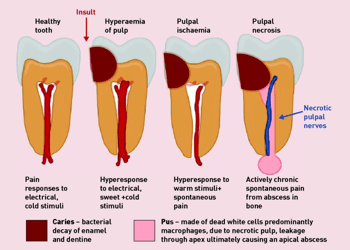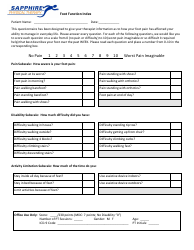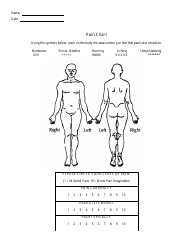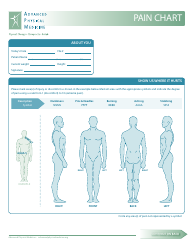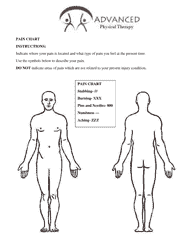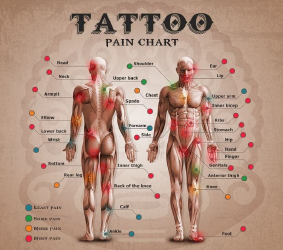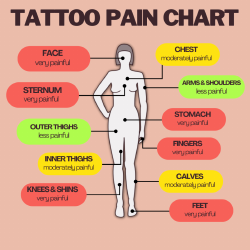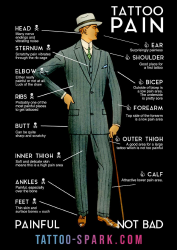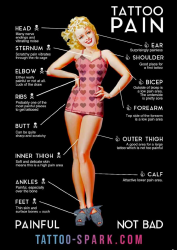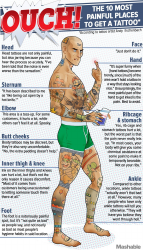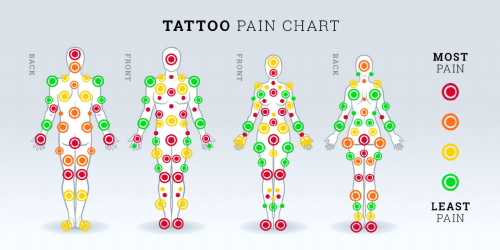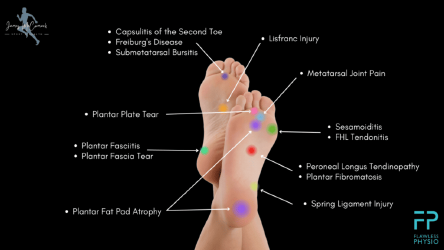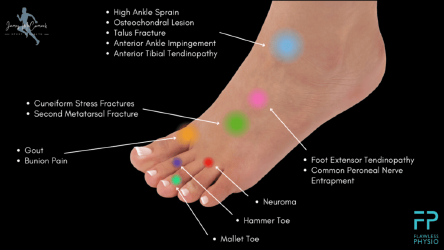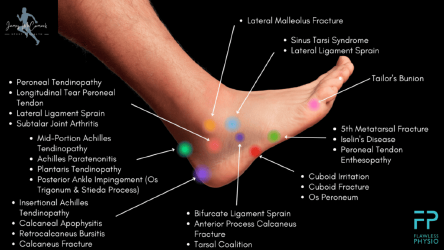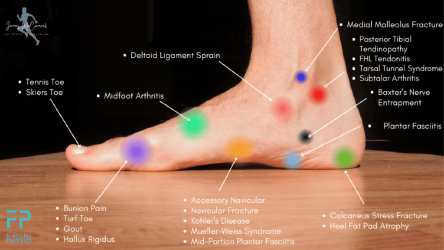Referred Tooth Pain Chart - Table
The Referred Tooth Pain Chart Table is a visual tool used by dental professionals to help diagnose the source of tooth pain. It illustrates the potential areas of the mouth and face where pain can be referred from a specific tooth. This chart assists dentists in identifying the underlying cause of tooth pain, which can be helpful in determining the appropriate treatment plan.
The referred tooth pain chart - table is generally filed by the dentist or dental professional who examines and diagnoses the patient's tooth pain. They use this chart to record the location and severity of the pain, as well as any other relevant information about the patient's dental condition.
FAQ
Q: What is a referred tooth pain chart?
A: A referred tooth pain chart is a table that shows the correlation between specific teeth and the potential areas of pain they can cause in the mouth.
Q: How does a referred tooth pain chart work?
A: A referred tooth pain chart works by indicating which teeth are associated with certain regions of the mouth. When a tooth experiences pain, it may not always be felt directly at the affected tooth, but can instead be felt in another area connected to it.
Q: Why is a referred tooth pain chart useful?
A: A referred tooth pain chart is useful because it helps dentists and patients determine the source of tooth pain. By identifying the potential areas of referred pain, it assists in accurate diagnosis and appropriate treatment.
Q: What are some common examples of referred tooth pain?
A: Some common examples of referred tooth pain include upper back teeth causing pain in the upper jaw or sinus area, lower molars causing pain in the ear or throat, and lower incisors causing pain in the chin or lip.
Q: Is a referred tooth pain chart applicable to everyone?
A: While a referred tooth pain chart is generally applicable to most individuals, each person may have a unique pain referral pattern. It is important to remember that individual variations exist.
Q: Can a referred tooth pain chart replace professional dental advice?
A: No, a referred tooth pain chart should not replace professional dental advice. It serves as a general guide, but it is always recommended to consult with a dentist for proper diagnosis and treatment.
